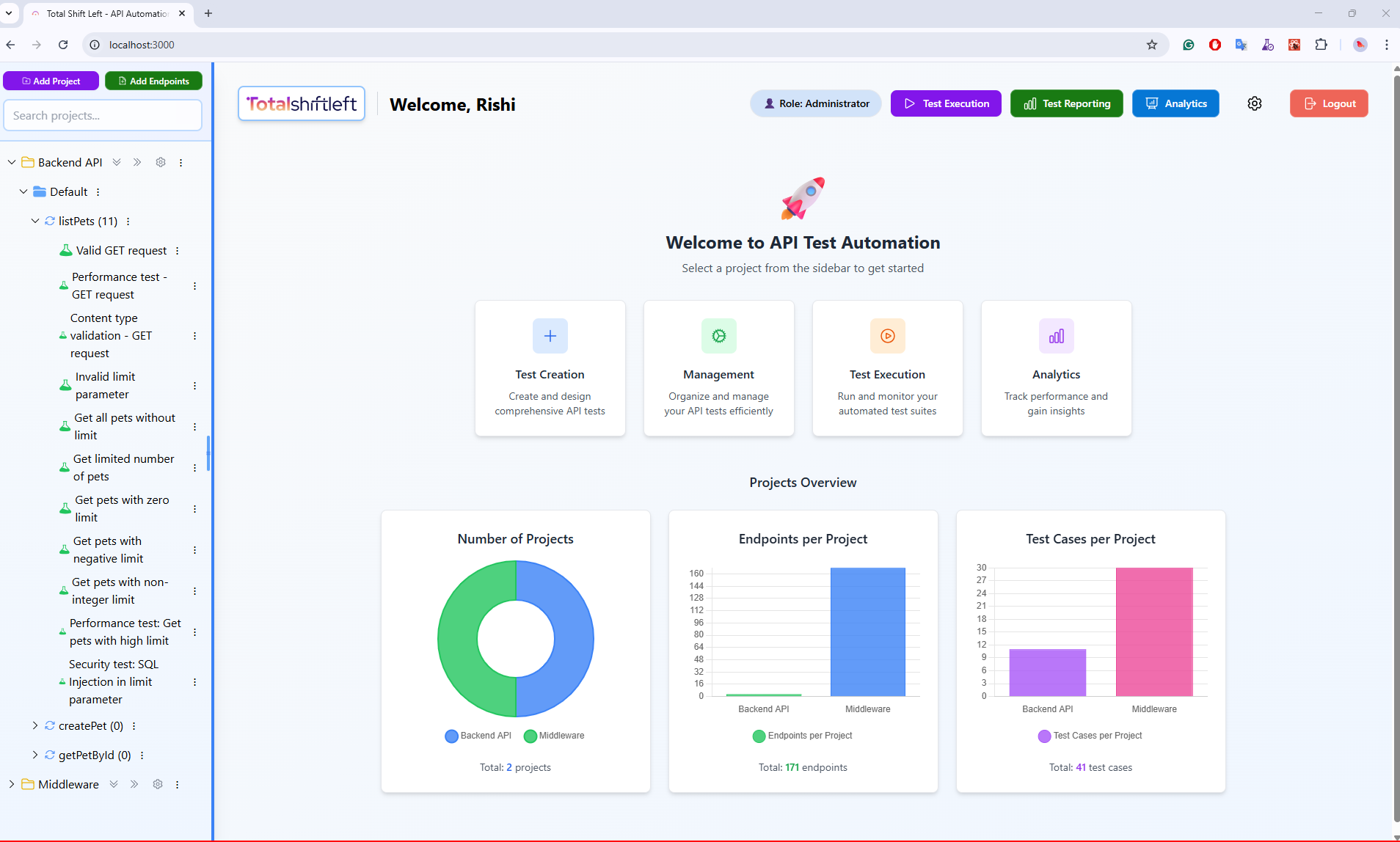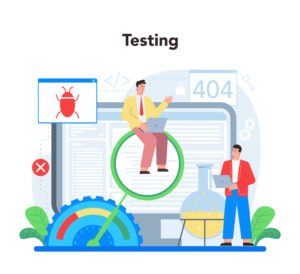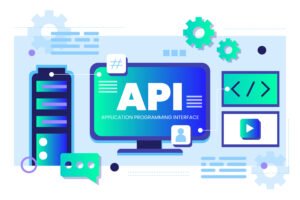API testing has become a critical part of modern software development. With digital products evolving rapidly, ensuring that APIs work seamlessly across applications, devices, and third-party integrations is no longer optional—it’s essential. But here’s the catch: traditional API automation often requires coding skills, frameworks, and steep learning curves.
Enter No-Code API Test Automation Platforms—the game-changers of 2025.
These platforms empower QA teams, business analysts, and even non-technical users to build, execute, and maintain automated API tests without writing a single line of code. Let’s explore why they’re gaining momentum and how they’re shaping the future of quality assurance.

Why No-Code API Testing Is Gaining Popularity
When evaluating no-code API testing platforms, look for:
Visual Test Builders → Drag-and-drop interfaces for creating tests.
Pre-Built Connectors → Ready integrations for REST, SOAP, GraphQL, and more.
Data-Driven Testing → Ability to run tests with dynamic datasets.
CI/CD Compatibility → Jenkins, GitHub Actions, or Azure DevOps integration.
Advanced Reporting → Dashboards, trend analysis, and real-time alerts.
AI Assistance → Some platforms use AI to auto-generate test cases from API documentation.
Key Features of No-Code API Test Automation Platforms
Faster Time-to-Market
Teams can design and run tests in minutes instead of spending days setting up frameworks.Lower Skill Barriers
No-code platforms open automation to non-programmers, democratizing testing across the organization.Reduced Maintenance Costs
Visual test builders and drag-and-drop workflows reduce script maintenance challenges.Scalability Across Teams
Developers, testers, and business users can collaborate on the same platform, enabling unified test strategies.Seamless Integration with DevOps
Modern no-code tools easily integrate with CI/CD pipelines, keeping testing aligned with rapid release cycles.
Benefits for Startups and Enterprises
Startups → Save 50%+ on testing costs by avoiding large QA teams and coding-heavy frameworks.
Enterprises → Scale test coverage across microservices and legacy APIs with minimal resource overhead.
The Limitations You Should Know
While powerful, no-code platforms are not silver bullets:
Complex business logic may still require custom scripting.
Vendor lock-in can be a risk if portability is limited.
Some platforms may struggle with highly specialized APIs.
A balanced approach—combining no-code and low-code—often works best.
The Future of No-Code API Testing
By 2025, we’ll see:
AI-driven test generation that automatically creates test suites from API contracts.
Self-healing tests that adapt to API changes with minimal human input.
Cross-environment testing at scale to validate APIs across dev, staging, and production environments.
No-code API automation isn’t just a passing trend—it’s becoming the standard.
Final Thoughts
As APIs continue to drive digital ecosystems, No-Code API Test Automation Platforms will be critical for organizations that want speed, agility, and reliability without investing heavily in coding-heavy QA frameworks.
If your team is struggling with slow, script-heavy automation, it might be time to explore a no-code solution that lets you focus on quality—not code.
We’re building the future of API test automation with AI-driven, no-code capabilities that help QA teams deliver faster, smarter, and more reliable releases.











